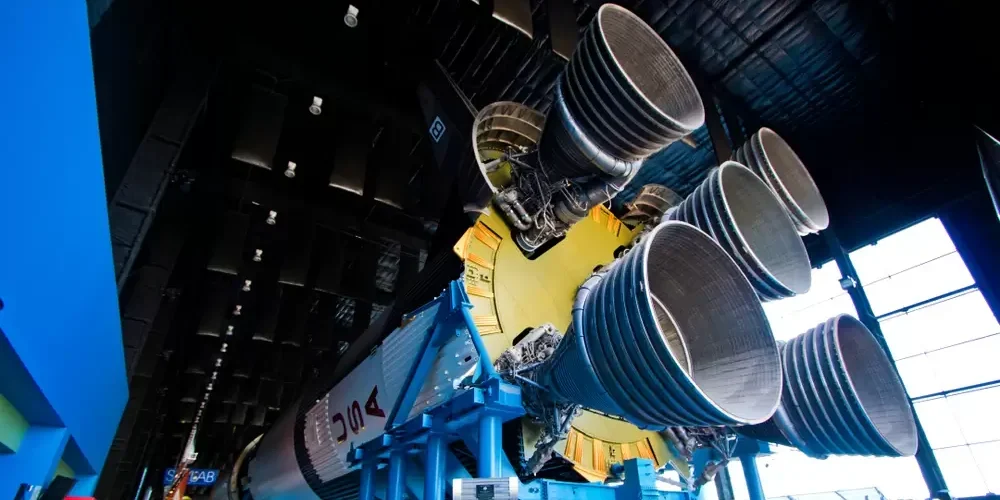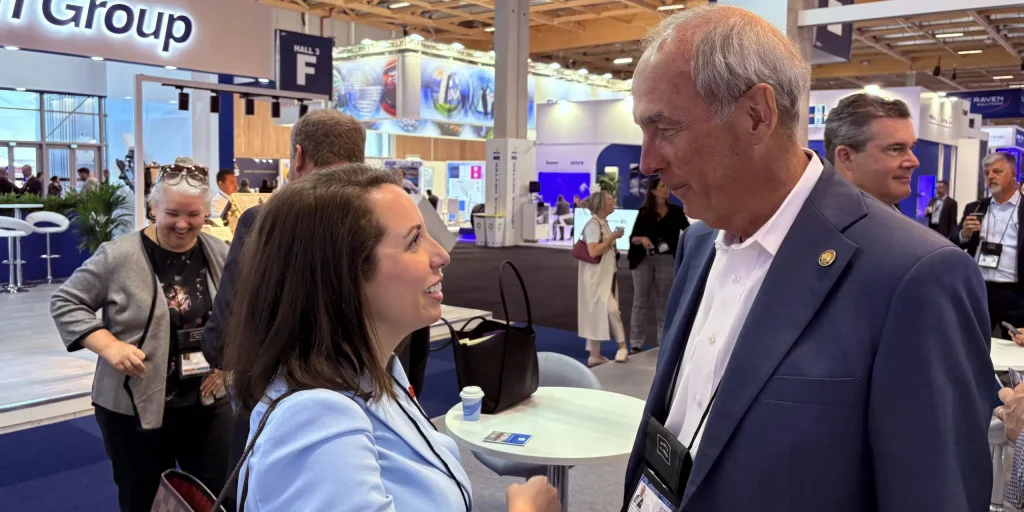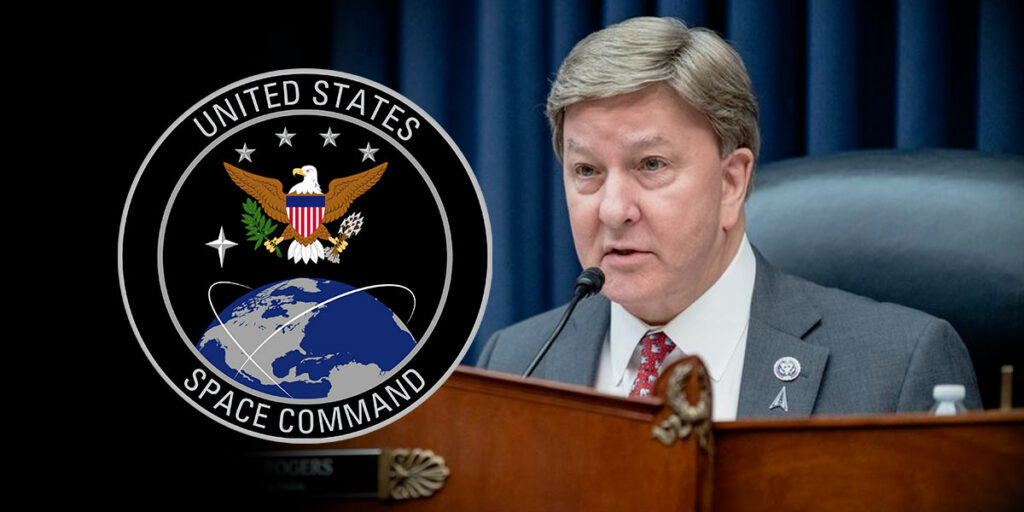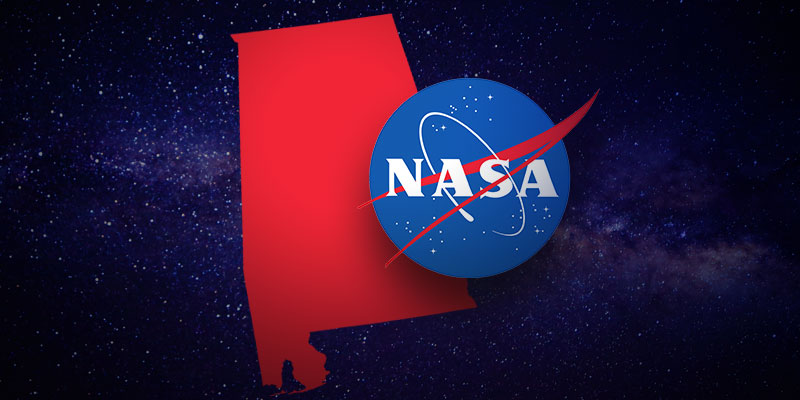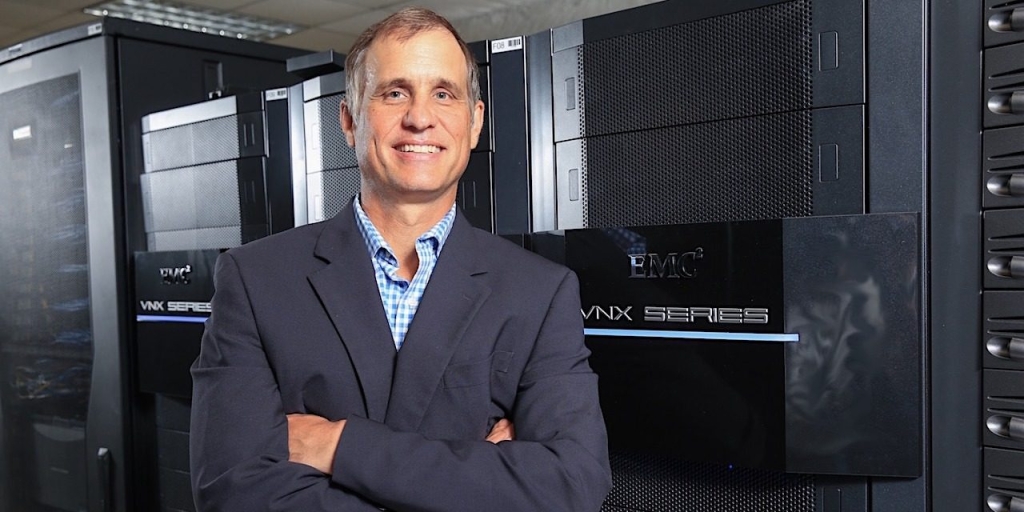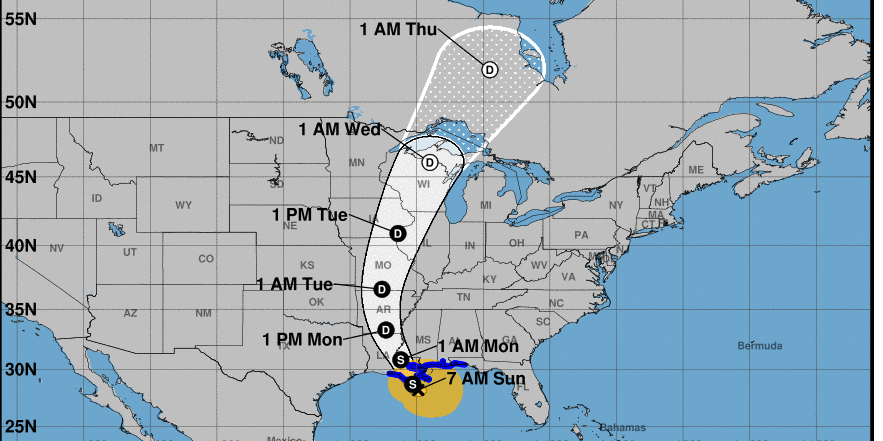Two intrepid explorers from The University of Alabama in Huntsville (UAH), Matt Turner, who holds a doctorate in Mechanical Engineering, and Aerospace Engineering graduate Kaitlin Russell, visited an extraordinary place last summer to perform experiments for a research team participating in a docu-series called “The Secret of Skinwalker Ranch.”
The name of the place alone conjures up creepy thrills for dedicated fans of the paranormal. Situated in northeastern Utah, this 512-acre parcel of picturesque desolation is famed as a hotspot for everything from poltergeist phenomena and crop circles, to UFO sightings, dangerous electromagnetic forces, dancing fireballs, and cattle mutilations.
If that’s not enough, the ranch is also said to be cursed by an ancient Navaho spell that summons terrifying werewolf-like shapeshifters called ‘Skinwalkers’ to menace interlopers.
Featuring UAH PhD Aerospace Engineer and Astrophysicist and TV veteran, Dr. Travis Taylor, the program is produced by Prometheus Entertainment and airs on the History Channel Tuesday evenings at 9 p.m. (CST).
“The billionaire Brandon Fugal has been investigating the ranch since he bought it in 2016,” Dr. Taylor says. “His first three years was a plan of observation only. When he decided to move to the next phase, he asked the History Channel what that should be. History asked Prometheus, who produces The Curse of Oak Island, Ancient Aliens, The UnXplained, The Tesla Files, and others, for History to talk with Mr. Fugal about next steps. Prometheus knew me from those other efforts and had me come meet with Mr. Fugal and the team. They were very intrigued by the ideas I brought to them (although maybe nervous in becoming active with the ranch rather than just observing), and in the end they asked me to come in and lead a new phase of research.”
Given his UAH background, it was natural for Dr. Taylor to look to homegrown expertise for help when it came to investigating Skinwalker Ranch.
Dr. Turner and Russell both support the STEM Projects Advancing Research & Collaboration (SPARC) Lab division of the Systems Management and Production Center (SMAP). As a Principal Research Engineer, Dr. Turner focuses on supporting contracts for the Space and Missile Defense Command (SMDC) and NASA, while Russell is a Research Associate who works primarily with the CubeSat (U-class spacecraft) miniaturized satellite program.
“[Matt] and I had graduate classes in AE together,” Dr. Taylor says. “Funny, he was also on my second PhD committee. I trust Matt’s work and pretty much daily work with him on other space program experiments.”
When a complementary set of measurements were required, it was again an easy choice for Dr. Taylor to tap the wealth of talent available at his alma mater.
“Kaitlin is an employee of SMAP that works on my space efforts also,” he says. “I have seen her work for a couple years now and am impressed with her enthusiasm and academic rigor.”
The particular expertise Dr. Turner brings to the show is in ballooning, while Russell brings a wealth of experience in amateur rocketry. To avoid audience spoilers, the precise details of their stays on the ranch are a closely guarded secret protected by a non-disclosure agreement. In general, they involved measuring the bizarre electromagnetic anomalies that plague the property.
“I asked a room full of undergrad and grad students if they’d be interested in designing and building rockets for some experiments,” Dr. Taylor adds. “And Kaitlin is the one that took the initiative and did it. And she did a great job!”
“While I was a student at UAH I got into rocketry,” Russell says. “Not just the smaller kit rockets, but the ones you take out for certification. We did small model rocket type things [on the ranch], but they were heavily modified. I didn’t provide the instrument part, I just provided the ride.”
Dr. Taylor knew from personal experience that his two colleagues would be walking into a truly unique setting that could present serious challenges to the investigators, including potentially perilous conditions.
“I was excited to offer them an opportunity to get to see the very guarded location and what might be experienced there,” he says. “I was also a bit apprehensive and nervous, as the place can be quite dangerous. I warned them as best I could, but until you are there and exposed to the place, you truly don’t take the warnings serious. I didn’t. Believe me, I do now!”
Both of the new investigators did their best to prepare for operating in a place with such a foreboding reputation. “I started doing some research,” Dr. Turner says. “And then actually made a conscious decision to stop, because I wanted to make a measurement without any kind of preconceived notion about the results. I was expecting this very medieval type thing,” he goes on, making a spooky Twilight Zone noise and chuckling. “And when I got out there, they had trailers for television crews and stuff – it was very ‘business.’ I mean, it was a ranch, so there were dirt and animals, but it was not as mystical as I anticipated.”
Russell agrees. “I expected it to be creepier. I had never been in that area of the country. I was just taking in the sights, saying, oh, that’s cool, I want to go walk on the mesa! I’d never done anything like this before, and the whole TV crew thing was very new to me.”
For the TV novices, filming proved challenging, with a tightly packed schedule of activities. Though, like the underwater portion of an iceberg, most of the footage will never be seen.
“My first day alone we were outside doing stuff for a good 10 hours,” Dr. Turner says. “It was probably like two-and-a-half total days of filming. They got hours and hours of footage that I’m sure they didn’t use. There were multiple cameras working the whole time. It was all unique and kind of surreal.”
Both investigators had to adapt on the fly when adjustments were needed in a hurry.
“The stuff I did dovetails into stuff Kaitlin did,” Dr. Turner says. “What Kaitlin did is much more complex. She needed more time to prepare, and there was more hardware as well.”
“Not being able to know certain things until I was out there was kind of stressful,” Russell says. “There were a lot of on-the-field modifications before they got launched.”
Discussing what it was like to be on camera while trying to do the science, she grins, saying, “I’m still stressed! What is it going to look like? What are they going to put in there?”
Dr. Turner had his own qualms about being under the constant watchful eye of the TV lens.
“Absolutely! It was very intimidating and nerve wracking,” he says. “There were several times where they would say, let’s do this or measure that, or let’s change this to do this. And you’re like, okay, I’ve got to change everything about this payload now, and we’re out here in the middle of nowhere. Having 50 people looking at you with cameras the whole time and knowing this is costing money while you’re doing it is just asking you to sweat.”
Dr. Taylor offers a more seasoned perspective. “I am used to the cameras now, as I’ve done this type of experiment for years,” he explains. “But it does put a bit of pressure on you to be successful!”
Both of the newcomers appreciated having a friend who is also a TV veteran on the scene to lean on and enthusiastically power them over any bumps in the road.
“It was very high-energy,” Kaitlin says with a smile. “‘Let’s get this data,’ ‘let’s look at the data,’ ‘this doesn’t look right,’ that sort of thing.”
“It’s always a crazy ride with Travis,” Dr. Turner adds. “We’ve worked with him professionally at UAH for years. He’s data driven, which is why you’ve got to be on your toes. If something anomalous happens, you’ve got to say, let’s figure this out, and you’ve got to be able to change gears on the fly. Which is good, and I’m sure it’s great TV, because Travis is very inquisitive. But sometimes you’re like, ah! I don’t have all my stuff! I’m not ready to take that measurement!” he says, laughing. “So it’s always that kind of a ride.”
Dr. Taylor says he has learned to value the process when it comes to experimenting.
“I like having the cameras around from a scientist standpoint, in that it helps me document every little thing we do,” he explains. “Even with all the cameras, every now and then we do something that gets missed, and I can’t figure out how to reproduce it.”
One of the most exciting aspects of a docu-series is depicting how the cast deals with challenging setbacks, adding drama and fun for the viewer. “But from an engineer’s perspective, I like things to be just boring and predictable and for everything to work out,” Dr. Turner says. “That’s not always the case, especially when you’re in the field. I had several things that went wrong, and I’m curious how they are going to show that. Ultimately we made some good measurements.”
Asked if he sensed anything otherworldly at work, he says, “I had something occur with a sensor that has never happened before or since. So that was strange, and has yet to be explained. I’m an engineer: if I can’t measure it, if I can’t see it, then prove it to me. But something happened out there that’s never happened before.”
Russell hints her visit produced chilling surprises as well. “We had like two things happen,” she says. “One of them happened multiple times. But yeah, there was some weird stuff, and I can’t explain it.”
Dr. Taylor has seen enough of these mishaps and oddities to convince him something truly uncanny, whether curses or cosmic forces, is afoot on the property.
“In some cases, it was because the ranch affected the camera equipment and caused them to fail,” he says. “I know that’s hard to believe, but it happens all the time out there for no reason we’ve been able to find yet. Just ask Matt where that balloon went once it reached a mile high? As far as we can tell, it just disappeared!”
“I wasn’t creeped out,” Dr. Turner says. “Something happened that bothered me. That’s one of the reasons Kaitlin was out there – she can make more thorough measurements than I can. Because of all the mishaps and the anomaly that occurred, I’m insanely curious how they are going to put it all together.”
In describing her brush with the eeriness of Skinwalker Ranch, Russell offers yet another take. “Ours wasn’t reading-based, it was like stuff we visually saw that I couldn’t explain,” she says. “I don’t know if one of them was captured on film. It happened really quickly.”
Did the UAH colleagues ever fear for their safety?
“Not any more than being in southern Tennessee or northern Alabama, out in the woods,” Dr. Turner says. “We had a mishap with a balloon, where we were separated from it, and had to try to cross streams. But I never really thought I was in danger.”
Russell finds that kind of thing exciting. “But my sense of danger isn’t like…it’s not really regular,” she says, laughing. “I go sky diving. I like scuba diving, caving. I like exploring.”
“She fires off rockets a lot, so she’s got a high bar,” Dr. Turner says with a smile.
Would either of them ever do it again?
“I’d love to go back,” Dr. Turner says. “It’s a beautiful area. It was fun, it was hectic. I don’t know if I could do it as much as Travis. They work insane hours. But I really like being outdoors.”
Russell agrees. “It would be neat to go back and see more.” But when it comes to future TV stardom, she has certain stipulations: “I prefer shows like that where it’s mostly science-based. I am no actor!”
(Courtesy of University of Alabama in Huntsville)







